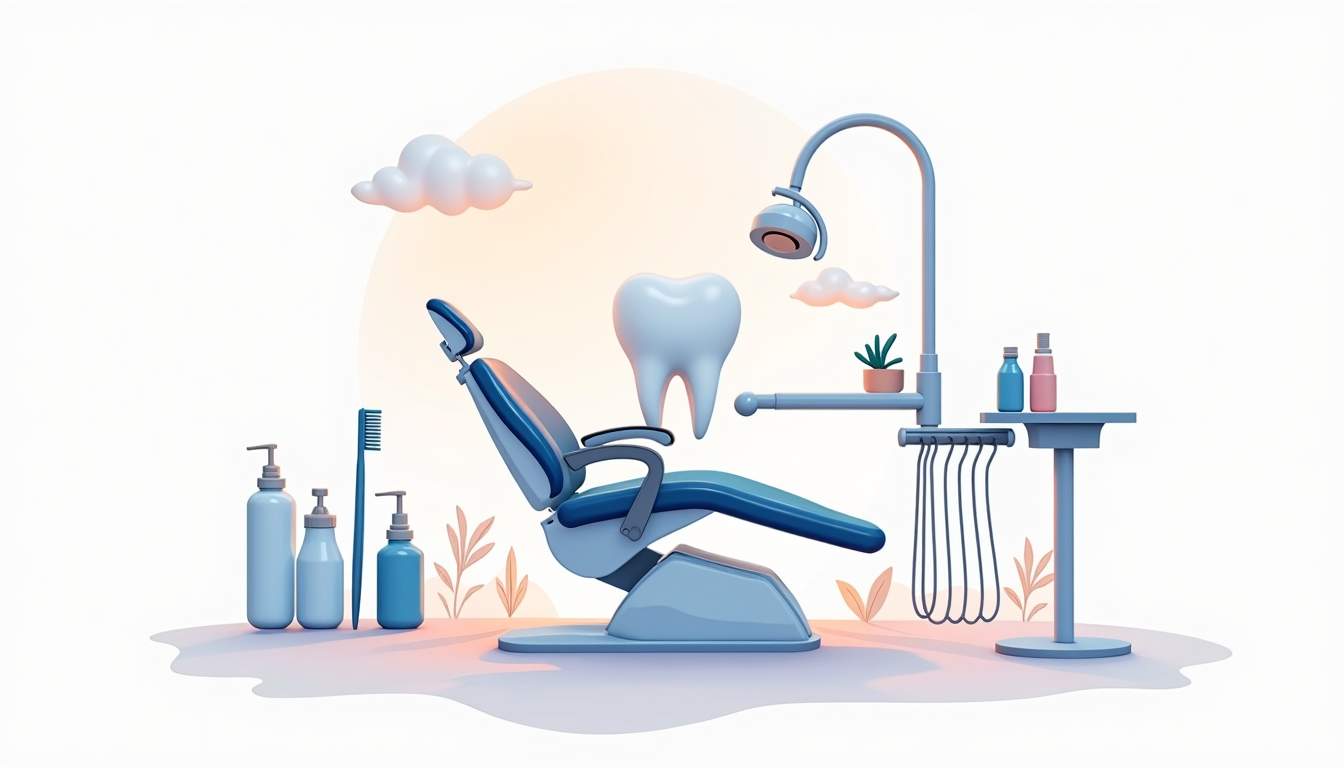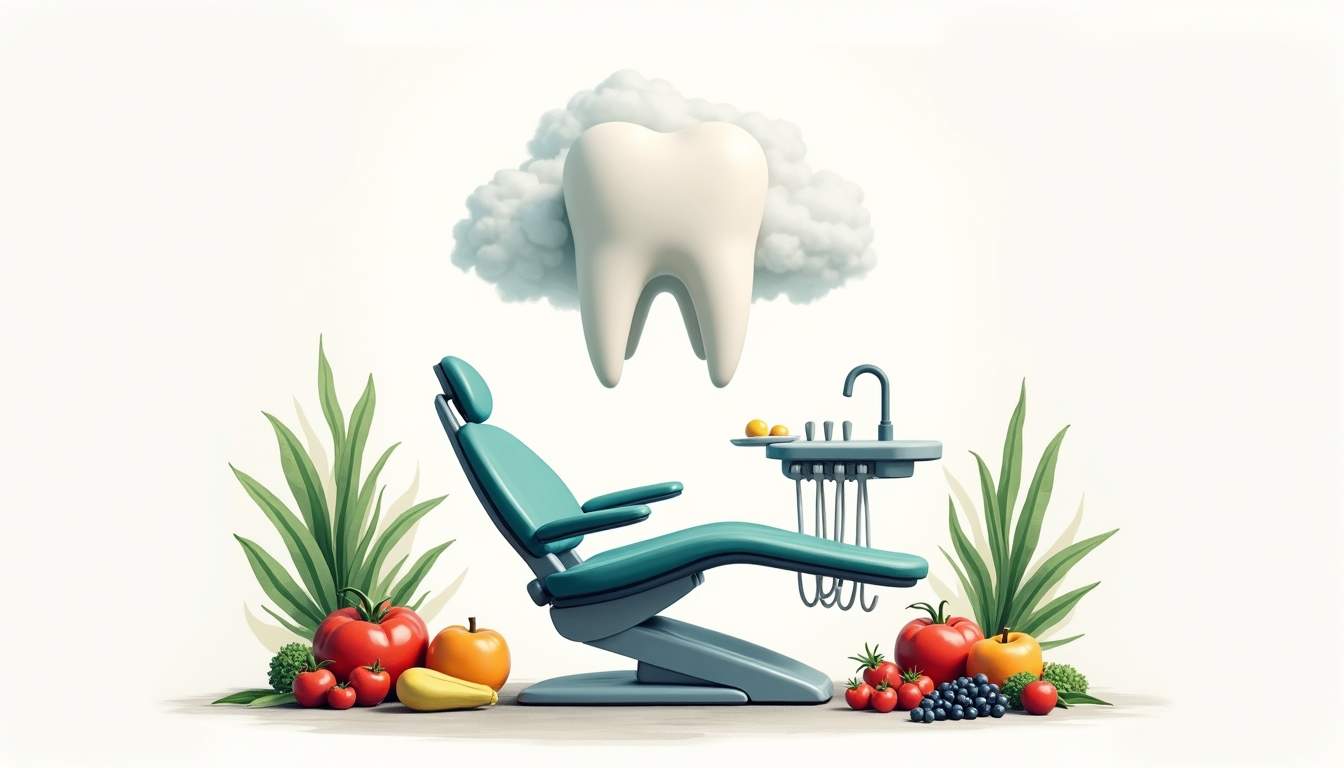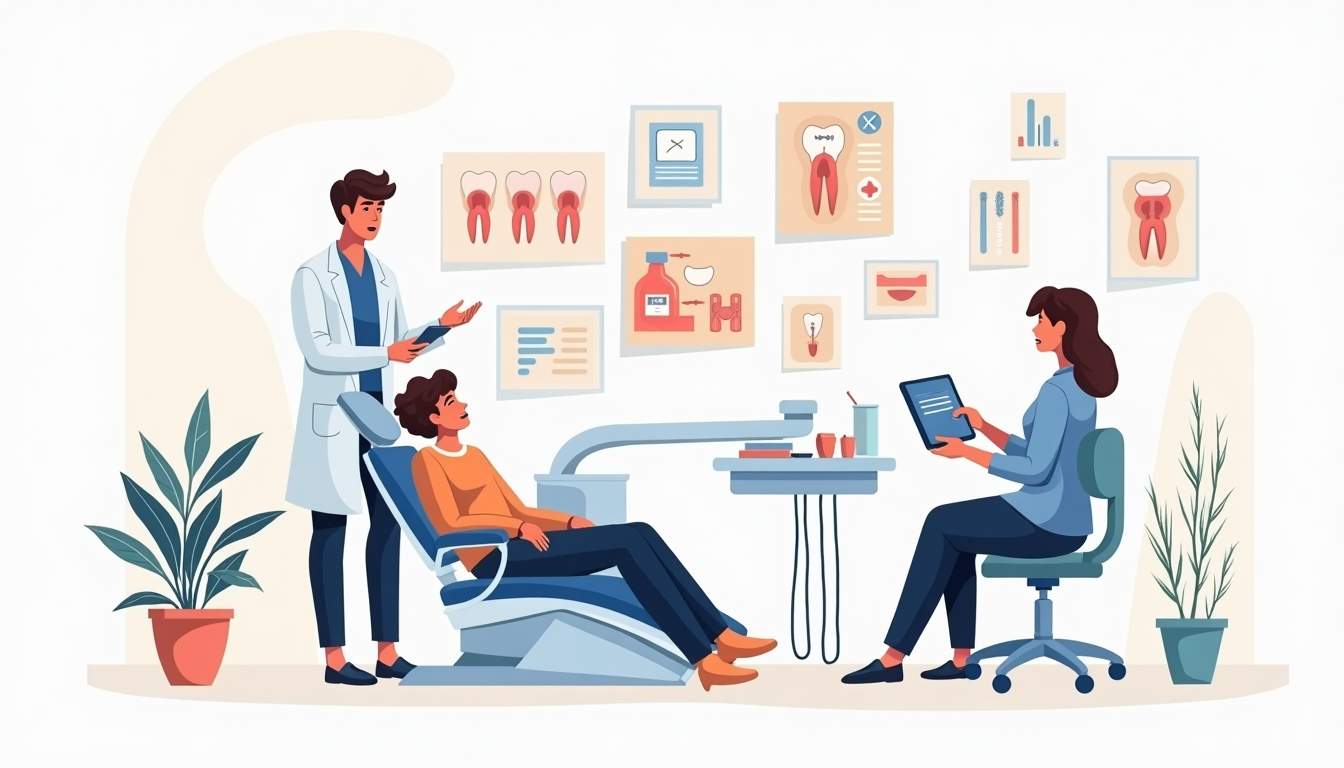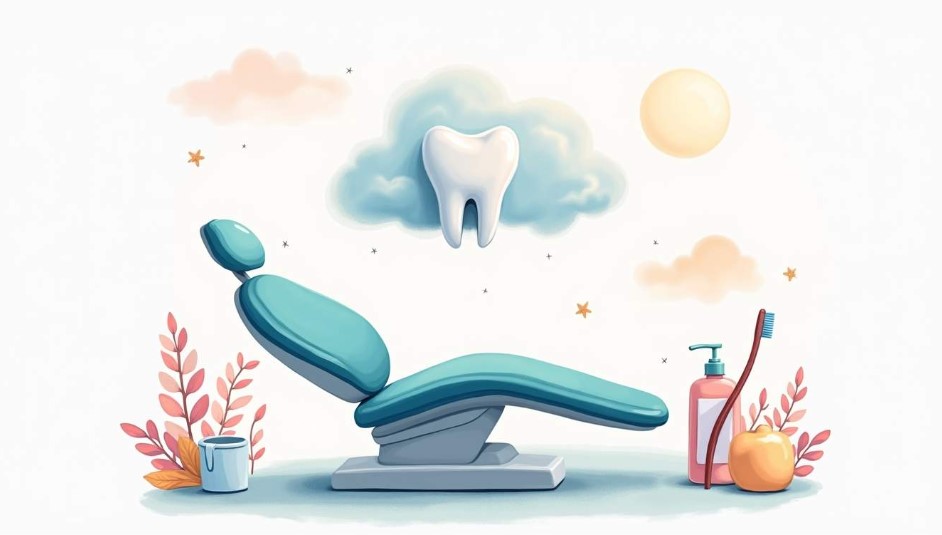Wisdom tooth removal is a common dental procedure that many people undergo, often during their late teens or early twenties. While it’s a routine surgery, the recovery process requires careful attention to ensure your mouth heals properly and your smile stays healthy. This article will guide you through the essential steps and tips for caring for your smile after wisdom tooth removal, helping you avoid complications and maintain optimal oral health.
Understanding Wisdom Tooth Removal
Wisdom teeth, also known as third molars, are the last set of teeth to emerge in the back of your mouth. For many, these teeth can cause problems such as crowding, impaction, or infection, leading dentists to recommend their removal. The procedure typically involves extracting one or more wisdom teeth, which can be done under local anesthesia, sedation, or general anesthesia, depending on the complexity of the case. In some instances, the teeth may be partially erupted or completely impacted beneath the gums, requiring more intricate surgical techniques to ensure safe removal. This complexity can influence both the duration of the surgery and the recovery process, making it essential to discuss your specific situation with your oral surgeon.
Post-surgery, the extraction sites need time to heal. Proper care during this period is crucial to prevent complications like dry socket, infection, or prolonged pain. Patients are often advised to stick to a soft food diet for the first few days, avoiding anything crunchy or spicy that could irritate the healing gums. Additionally, maintaining good oral hygiene is vital; however, it’s important to be gentle around the extraction sites. Rinsing with warm salt water can help reduce swelling and promote healing, but care should be taken not to dislodge any blood clots that form in the sockets. Understanding what to expect and how to care for your mouth can make the recovery smoother and protect your smile. As you navigate the healing process, it’s also beneficial to monitor for any signs of complications, such as increased swelling or fever, and to consult your dentist if any concerns arise. For professional guidance and aftercare, you can visit Blue Tooth Dental for expert support.
Immediate Post-Operative Care
Managing Bleeding and Swelling
Once the wisdom teeth are removed, it’s normal to experience some bleeding and swelling. To manage bleeding, gently bite down on the gauze pads placed by your dentist or oral surgeon. This pressure helps form blood clots in the extraction sites, which are vital for healing. Replace the gauze as directed, usually every 30 to 45 minutes, until the bleeding subsides. If bleeding persists beyond a few hours or becomes excessive, it’s important to contact your dental professional for further guidance, as this could indicate a complication that needs attention.
Swelling typically peaks within 48 to 72 hours after surgery. Applying an ice pack to the outside of your cheek in 15-minute intervals can help reduce inflammation and numb the area, providing relief. Remember to wrap the ice pack in a cloth to protect your skin. In addition to ice, some patients find that keeping their head elevated during sleep can further alleviate swelling. It’s also beneficial to avoid hot foods and drinks during this initial recovery phase, as they can exacerbate swelling and discomfort.
Rest and Activity
Rest is essential during the first 24 to 48 hours after wisdom tooth removal. Avoid strenuous activities that could increase blood pressure and cause bleeding. Keeping your head elevated while lying down can also minimize swelling. Listen to your body and give yourself time to heal before returning to your regular routine. Engaging in light activities, such as gentle walking, can be beneficial, but it’s crucial to avoid any heavy lifting or vigorous exercise until you receive clearance from your dentist.
During this recovery period, it’s also important to stay hydrated. Drinking plenty of fluids can help flush out any medications and keep your body functioning optimally. However, be cautious with straws, as the suction can dislodge the blood clots and lead to a painful condition known as dry socket. Opt for soft, nutritious foods like smoothies, yogurt, and applesauce to ensure you’re getting the necessary nutrients without straining your healing gums. Taking care of your body during this time will facilitate a smoother recovery and help you return to your normal activities sooner.
Oral Hygiene After Surgery
Brushing and Flossing
Maintaining oral hygiene after wisdom tooth removal is critical, but it requires a gentle approach to avoid disturbing the surgical sites. For the first 24 hours, avoid brushing the extraction areas. After this period, you can resume brushing your teeth, but be very gentle around the surgical sites. Use a soft-bristled toothbrush and avoid vigorous rinsing or spitting.

Flossing can be resumed once the extraction sites have started to heal, usually after a few days. Be cautious and avoid the surgical areas until they are fully healed to prevent irritation or dislodging the blood clots.
Rinsing Your Mouth
Avoid rinsing your mouth vigorously for the first 24 hours after surgery to protect the blood clots. After that, gently rinse with warm salt water several times a day, especially after meals. Dissolve half a teaspoon of salt in a glass of warm water and swish gently to help reduce bacteria, soothe the tissues, and promote healing.
Diet and Nutrition Tips
Foods to Eat
Eating the right foods after wisdom tooth removal can support your healing process and keep your energy levels up. Stick to soft, easy-to-chew foods such as yogurt, applesauce, mashed potatoes, scrambled eggs, and smoothies. These foods are gentle on your mouth and won’t irritate the extraction sites.

Cold foods like ice cream or chilled smoothies can also help soothe the area and reduce swelling. Just be mindful of the sugar content in some smoothies and ice creams, as excess sugar can promote bacterial growth.
Foods to Avoid
During the healing period, avoid hard, crunchy, or spicy foods that could irritate or injure the surgical sites. Foods like nuts, chips, popcorn, and raw vegetables should be avoided until your mouth has fully healed. Additionally, steer clear of hot beverages and alcohol, as they can increase swelling and delay healing.
Sticky foods like caramel or chewing gum can also cause problems by sticking to the extraction sites or dislodging the blood clots, so it’s best to avoid them during recovery.
Managing Pain and Discomfort
Medications and Pain Relief
It’s normal to experience some pain and discomfort after wisdom tooth removal. Your dentist or oral surgeon will likely recommend over-the-counter pain relievers such as ibuprofen or acetaminophen to manage the pain. Follow the dosage instructions carefully, and don’t hesitate to reach out to your dental professional if the pain becomes severe or unmanageable.
In some cases, prescription pain medications may be provided for the first few days post-surgery. Use these medications only as directed and be aware of potential side effects such as drowsiness or nausea.
Natural Remedies for Comfort
Alongside medications, some natural remedies can help ease discomfort. Applying a cold compress to the cheek can reduce swelling and numb the area. After the first few days, switching to warm compresses can promote blood flow and healing.
Drinking plenty of fluids and getting adequate rest are also vital for recovery. Staying hydrated helps your body heal, and rest allows your immune system to work efficiently.
Recognizing and Preventing Complications
Dry Socket
One of the most common complications after wisdom tooth removal is dry socket, which occurs when the blood clot at the extraction site becomes dislodged or dissolves prematurely. This condition exposes the underlying bone and nerves, causing intense pain and delayed healing.

To prevent dry socket, avoid smoking, using straws, or spitting forcefully for at least a week after surgery. These actions can create suction in the mouth that dislodges the blood clot. If you experience severe pain a few days after surgery, contact your dental professional promptly.
Infection
Infections can develop if bacteria enter the extraction sites. Signs of infection include increased swelling, redness, pus discharge, fever, or a bad taste in the mouth. Maintaining good oral hygiene and following post-operative care instructions can minimize the risk of infection.
If you suspect an infection, seek medical attention immediately. Your dentist may prescribe antibiotics or other treatments to address the issue.
Long-Term Care for Your Smile
Follow-Up Appointments
Attending follow-up appointments with your dentist or oral surgeon is essential to monitor your healing progress. During these visits, the dental professional will check for any signs of complications and ensure that your mouth is healing properly.
Follow-up care may also include removing any stitches if non-dissolvable sutures were used. These appointments provide an opportunity to ask questions and receive personalized advice for maintaining your oral health.
Maintaining Oral Health Post-Recovery
Once your mouth has fully healed, it’s important to maintain regular dental hygiene practices to keep your smile healthy. Brush twice daily, floss regularly, and visit your dentist for routine cleanings and check-ups. Good oral hygiene helps prevent future dental problems and keeps your smile looking its best.
Additionally, adopting a balanced diet rich in vitamins and minerals supports overall oral health. Avoiding tobacco products and limiting sugary foods and drinks can also reduce the risk of cavities and gum disease.
Conclusion
Caring for your smile after wisdom tooth removal involves a combination of proper post-operative care, gentle oral hygiene, mindful eating, and attentive monitoring for complications. By following these guidelines, you can ensure a smooth recovery and maintain a healthy, radiant smile.
Remember, every individual’s healing process is unique, so don’t hesitate to reach out to your dental professional if you have concerns or experience unusual symptoms. With the right care and attention, your smile will be back to its best in no time.




